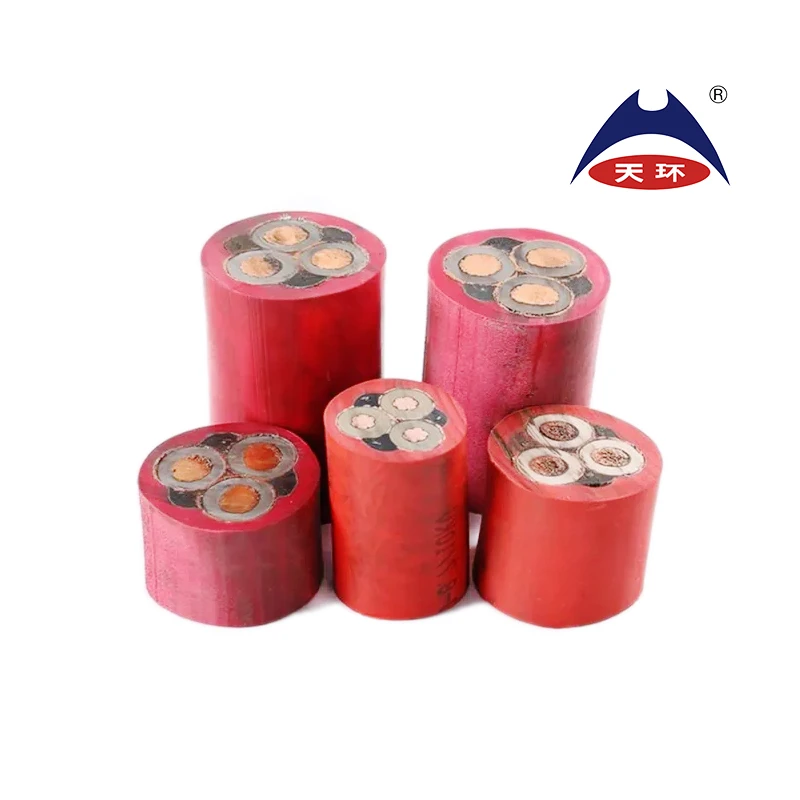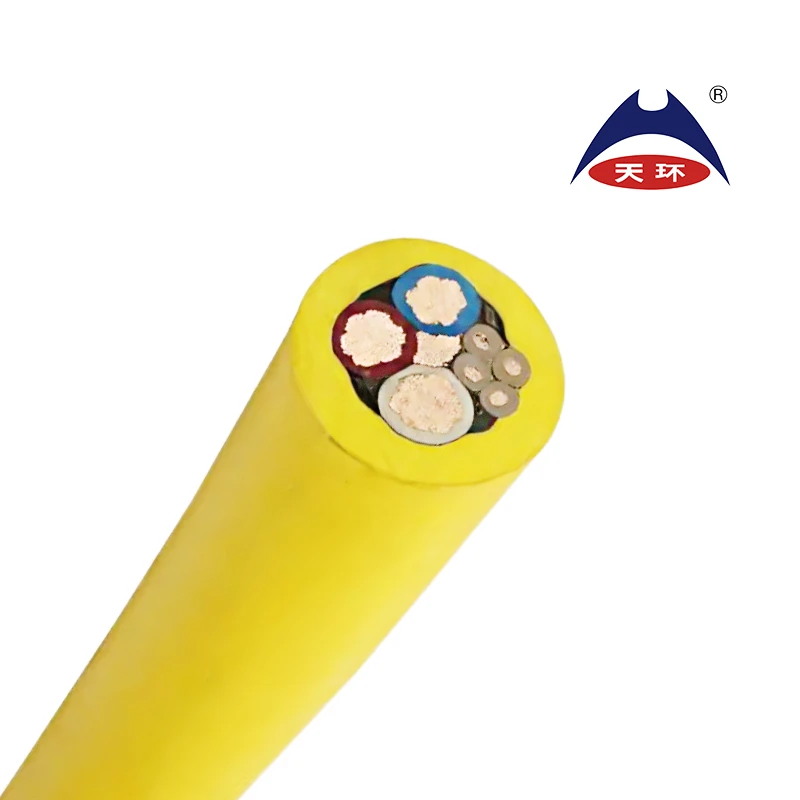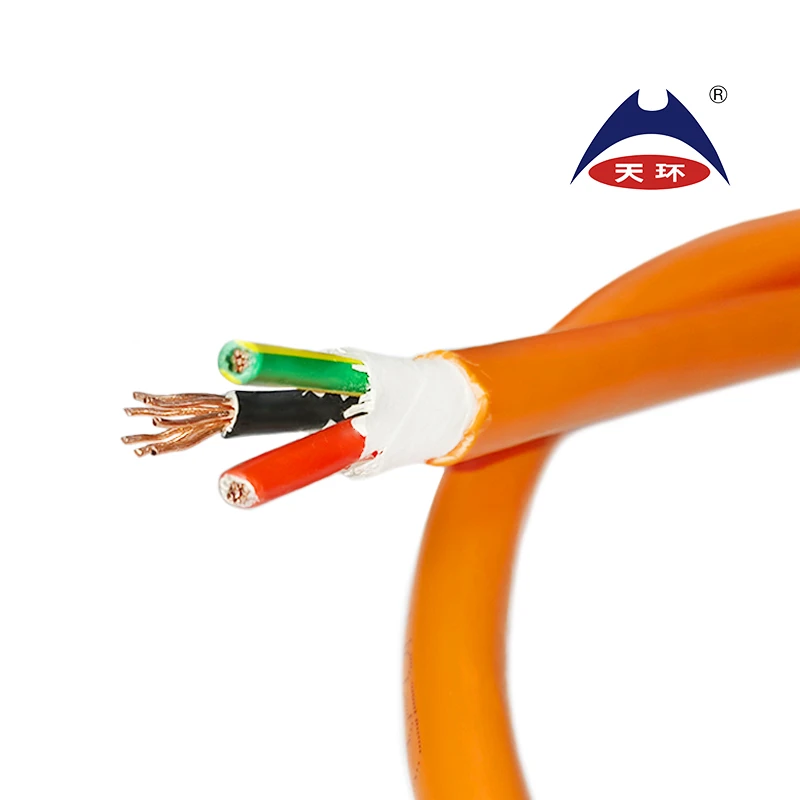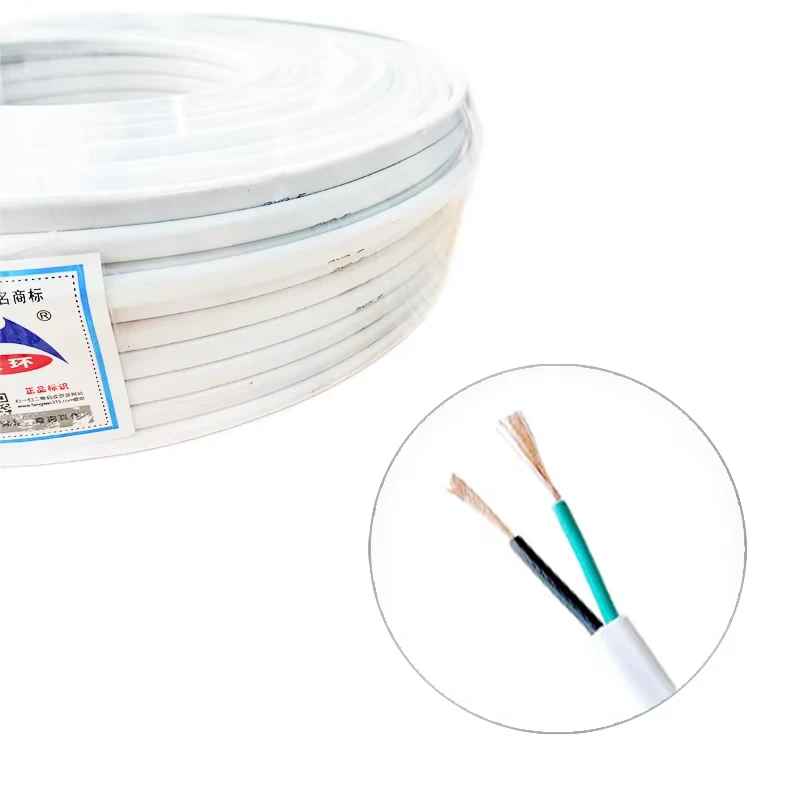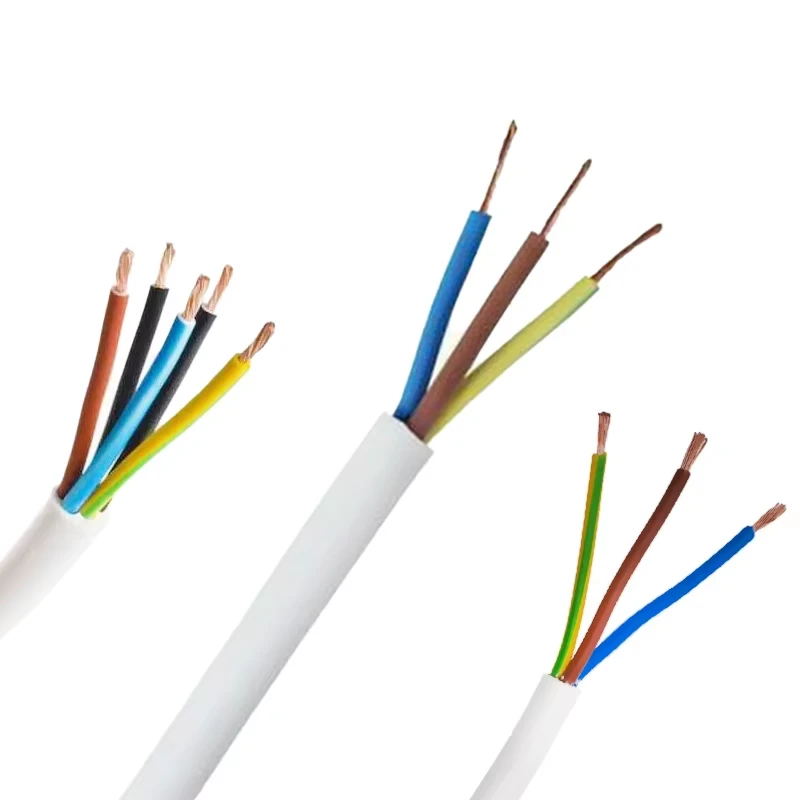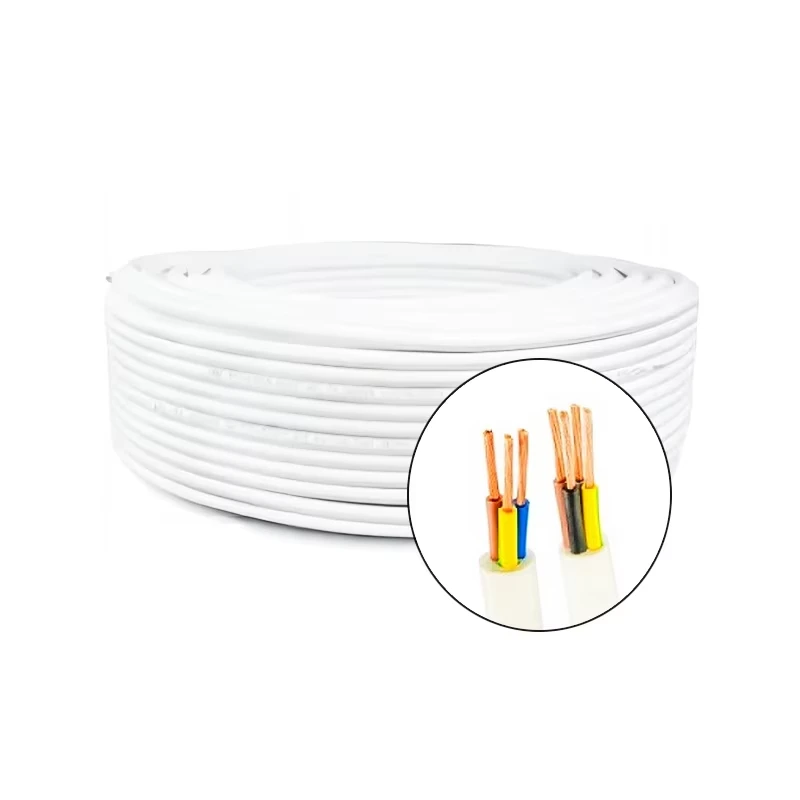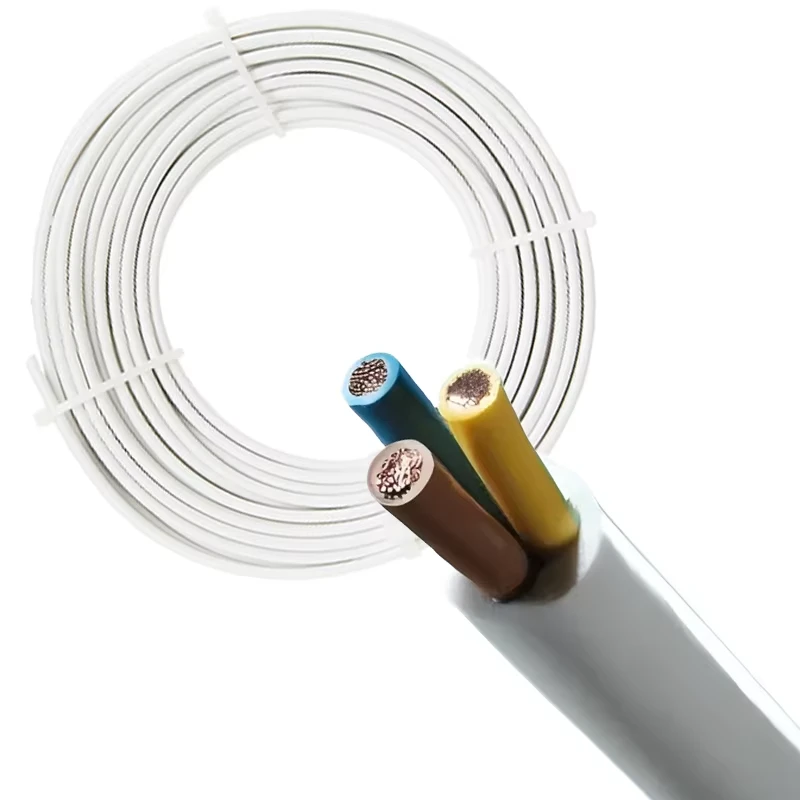
Exploring the Applications and Advantages of 10% 20kV Cable Solutions for Electrical Systems
Understanding 10% 20 kV Cable Products
In the realm of electrical engineering and power distribution, the choice of cable products is critical for ensuring efficiency, safety, and reliability. One such important category is the 10% 20 kV cable products, notably used for medium-voltage applications. These cables play a vital role in industrial settings, utilities, and renewable energy sectors, facilitating the efficient transmission of electrical power over considerable distances.
What Are 20 kV Cables?
20 kV cables are designed to operate at voltage levels of up to 20,000 volts. They are essential for medium-voltage power distribution, connecting substations to transformers and delivering electricity to various industrial and commercial facilities. The designation of “10%” typically refers to a variation in design or performance standard related to the insulation, current rating, or temperature tolerance of the cables, ensuring they can handle specific application demands safely and efficiently.
Construction and Components
The construction of 20 kV cables involves several key components that ensure performance and durability. The core conductor, usually made of aluminum or copper, is surrounded by insulation materials that provide electrical separation from the environment. Common insulation types include cross-linked polyethylene (XLPE) and ethylene propylene rubber (EPR), both of which offer excellent electrical and thermal properties.
Additionally, these cables often have protective layers, such as lead or aluminum sheathing, that safeguard against moisture and mechanical damage. The overall design ensures that these cables withstand harsh environmental conditions while maintaining efficiency in power transmission.
Applications of 10% 20 kV Cables
10% 20 kV cables find utility across various sectors. In industrial settings, they are used to power large machinery and equipment, providing reliable electricity to keep operations running smoothly. Utilities rely on these cables for underground and overhead distribution networks, connecting substations to the grid.
10 kv cable products
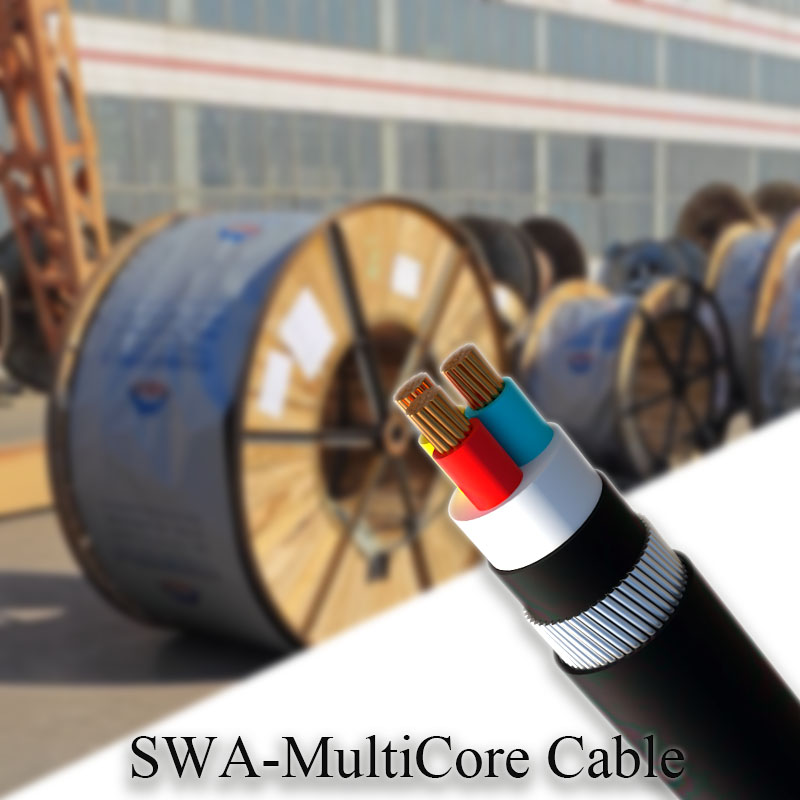
Moreover, with the rise of renewable energy technologies, these cables are increasingly implemented in solar farms and wind energy projects. They transport generated power to the main power grid, facilitating the transition to cleaner energy sources.
Advantages of Using 10% 20 kV Cables
One of the primary advantages of using 10% 20 kV cables is their high capacity to transmit electricity over long distances without significant power loss. Their robust construction also enhances longevity, reducing the frequency of replacements and maintenance costs.
Additionally, the insulation materials used in these cables exhibit excellent thermal and chemical resistance, allowing them to perform well in various environmental conditions. This durability translates to enhanced safety, as the risk of cable failure is significantly minimized.
Regulatory Standards and Safety
It’s crucial that 10% 20 kV cable products adhere to stringent regulatory standards. Organizations such as the Institute of Electrical and Electronics Engineers (IEEE) and the International Electrotechnical Commission (IEC) provide guidelines and specifications to ensure that these cables meet safety and performance benchmarks. Compliance with these standards not only ensures the reliability of the installation but also protects end-users from potential electrical hazards.
Conclusion
In conclusion, 10% 20 kV cable products are a cornerstone of modern electrical infrastructure. Their robust design, versatility, and reliable performance make them ideal for a wide range of applications, from industrial settings to renewable energy projects. As technology continues to evolve and the demand for efficient power distribution increases, the importance of high-quality medium-voltage cables will only grow, making them essential components in the pursuit of a sustainable and reliable energy future. Whether you are an engineer selecting the right cables for a project or a utility company upgrading its infrastructure, understanding the advantages and applications of 10% 20 kV cables is integral to achieving success in today’s electrical landscape.
-
Reliable LIYCY Cable Solutions for Low and Medium Voltage ApplicationsNewsJul.14,2025
-
Premium Overhead Electrical Wire Solutions for Low and Medium Voltage ApplicationsNewsJul.14,2025
-
Innovative XLPE Electrical Cable Solutions for Modern Low and Medium Voltage NetworksNewsJul.14,2025
-
High-Quality Ethylene Propylene Rubber Cable – Durable EPDM Cable & 1.5 mm 3 Core OptionsNewsJul.14,2025
-
Exploring the Versatility of H1Z2Z2-K 1X4mm2 Cables in Modern ApplicationsNewsJul.14,2025
-
Uses of Construction WiresNewsJul.14,2025
-
Types of Neoprene CableNewsJul.14,2025





